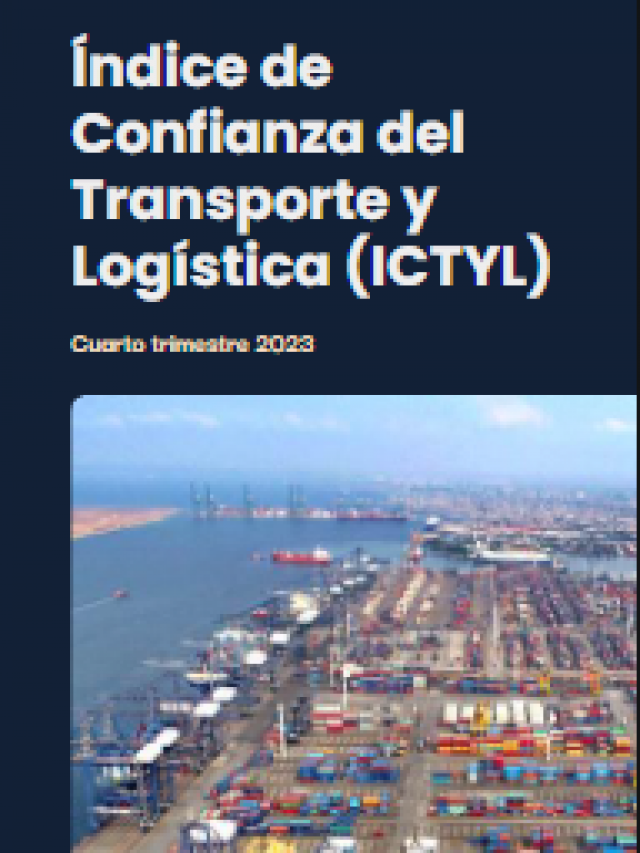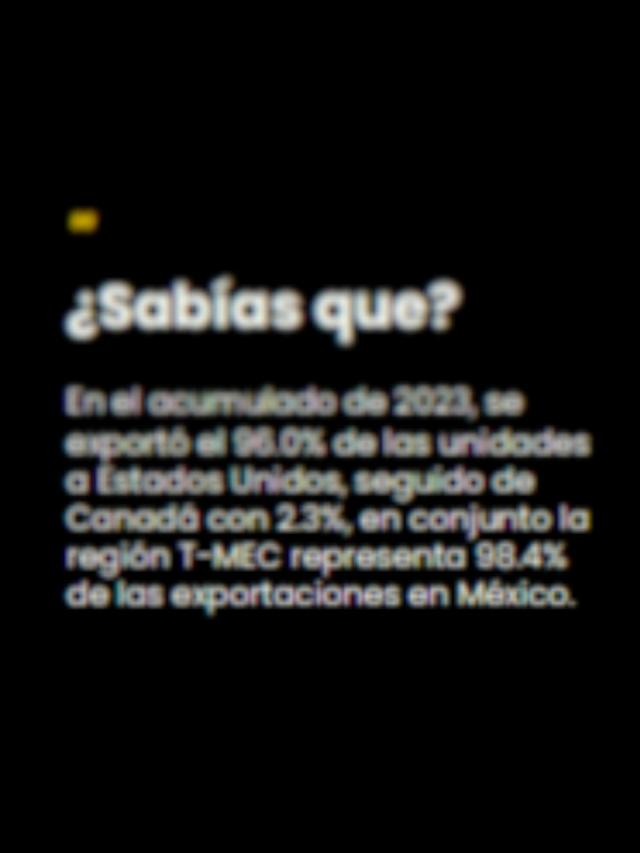
While large companies allocate an average of 9.7% of their income to logistics operations, small businesses face expenses almost double: 18.8% , a difference that is mainly due to the use of own resources, less operational flexibility and low technological adoption, according to the Logistics Pulse Meter 2025 .
At The Logistics World Summit & Expo , the results of this collaborative study were presented, providing a detailed snapshot of the logistics environment in Mexico.
The report, the result of the joint work of 10 leading organizations including Alvarez & Marsal , the Mexican Association of Freight Forwarders (Amacarga) , the National Council of Logistics and Supply Chain Executives (Conalog) and GS1 Mexico , reflects the structural challenges of the sector and calls for its urgent transformation.
“Mexican logistics is at a turning point. In a competitive, uncertain, and constantly changing environment, companies that commit to modernization, sustainability, and data-driven decisions will be better prepared for the challenges we face in Mexico and will be able to capture greater growth opportunities,” said Luis Gómezchico, Performance Improvement partner for Alvarez & Marsal Latin America North.
According to experts, the profound disparity in logistics costs between small and large companies is primarily due to the use of internal resources, less operational flexibility, and low technological adoption.
In the study, regarding digitalization , 66% of large companies have prioritized digital transformation through advanced tools such as ERP, TMS, or WMS. In contrast, many SMEs still operate with basic technologies, such as Excel, paper, or limited software, which hinders their competitiveness.
The report also noted that more than 90% of large companies meet high service level standards, while one in four SMEs (25%) don’t even measure this indicator . The main causes of poor performance in this area are sales forecast errors, lack of infrastructure, and insecurity.
The experts emphasized that the study reveals that 85% of large companies obtain their inputs through international trade agreements, taking advantage of economies of scale.
In contrast, 78% of SMEs do so through the national supplier ecosystem. This presents a strategic opportunity to promote local sourcing and thus reduce external dependencies, mitigate risks, and boost the domestic economy.
Another critical aspect identified is the low investment in talent development. More than a third of SMEs do not allocate any budget to training , and the majority of large companies allocate less than 10 percent. This negatively impacts operational efficiency and limits the ability to adapt to market challenges.
Regarding diversity and inclusion, although female participation in the logistics sector has increased, only one in four women hold a managerial or higher position , demonstrating the need to promote their leadership in the sector.
“These data confirm what many of us suspected: logistics in Mexico is at a turning point. We face structural challenges that we can no longer postpone, but we also face a great window of opportunity to reinvent ourselves and collaborate,” said Sandra Aragonez, president of Conalog.
Furthermore, the Pulsómetro invited the adoption of a PACT based on five pillars:
- Strategic planning .
- Operational agility .
- Collaboration between logistics actors.
- Talent Development .
- Digital Optimization with intensive use of technology.
With the participation of 441 companies , 351 logistics service users, and 90 suppliers, the Logistics Heart Rate Monitor 2025 is positioned as a key tool for understanding the current state of the sector and making informed decisions for its evolution.
Comment and follow us on X:@karinaquintero / @GrupoT21


















